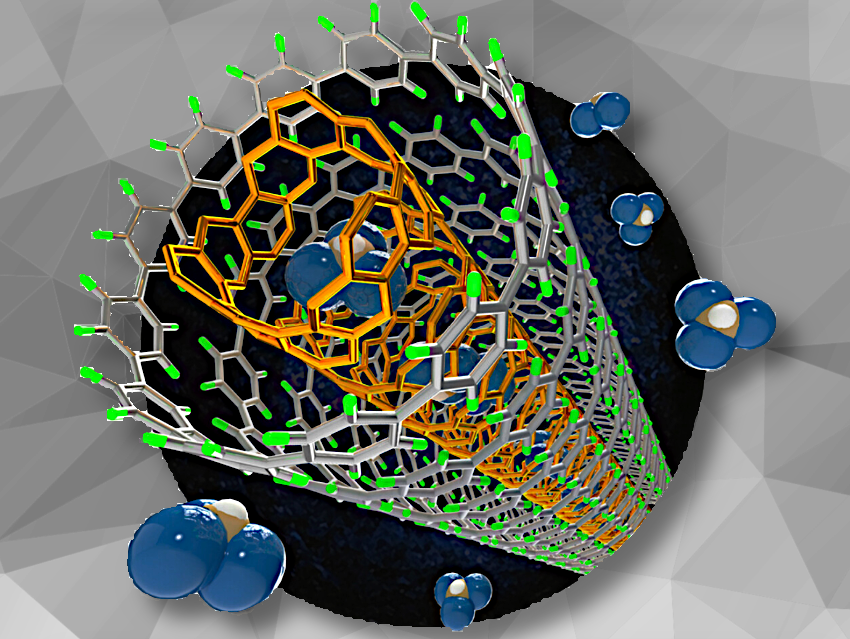In this issue, Liqiang Mai et al. review the structural modulation of nanographenes by defects, size, and doping for oxygen reduction. Krzysztof Matyjaszewski et al. summarize research on photoredox/copper dual catalysis in atom transfer radical polymerization. The Minireviews deal with 2,1,3-benzothiadiazole and its derivative-based luminescent metal–organic frameworks (Chao-Qin Han, Xiao-Yuan Liu), photon-driven dye production pyroptosis in anti-tumor immunotherapy (Juyoung Yoon et al.) as well as ligand-assisted hydrogen bonding in lead passivation and stability in perovskite solar cells (Xingang Ren et al.). Uwe T. Bornscheuer et al. highlight work that led to the Nobel Prize in Chemistry 2024, on structure prediction and computational protein design. R. S. Menon and A. T. Biju look back on the life and research of Vijay Nair.
In the original research section, Zhiqian Guo et al. present photo-triggered fluorescence polyelectrolyte nanoassemblies to manipulate and boost singlet oxygen in photodynamic therapy. Jennifer N. Andexer et al. doped in-vivo alkylation in E. coli by introducing the direct sulfurylation pathway of S. cerevisiae. Serena Silvi et al. found a directional ring translocation in a pH- and redox-driven tristable [2]rotaxane. Kenichiro Itami et al. obtained a double-walled noncovalent nanotube by columnar packing of nanotube fragments (see picture).
- Angewandte Chemie 2/2025: Better Together,
Angew. Chem. Int. Ed. 2025, 64 (2).
Sponsored content is not written by and does not necessarily reflect the views of ChemistryViews’s editorial staff.



